In one of the most diverse countries of today`s Europe, hearing about Muslim artists or Islamic art exhibitions is not something to be surprised at. You might not know that the interest of British (and European) people in Islamic art is actually not a new phenomenon; it started decades ago.
Rebecca Bridgman, the curator of Islamic and South Asian Art of Birmingham Museum, was interviewed by an Islamic news agency about her work as an archeologist, about Islamic art, calligraphy and its contemporary artists and the upcoming museum exhibitions of UK`s most multicultural city outside London.
News agency: Let us start off by introducing yourself to the readers.
Bridgman: I graduated from the University of Southampton as an archeologist; my PhD was based on Islamic ceramics from Southern Spain, the area of Seville. Due to my work, I traveled a lot to Egypt, Yemen and to East-Africa.
Before I have moved to Birmingham a year ago, I worked at the Fitzwilliam Museum in Cambridge for nearly 4 years on ceramic collections, and for 6 years, I was the vice-president of the Society for the Medieval Mediterranean. Since 2012, I have been working in the Birmingham museum as curator.
News agency: Where does your interest in Islamic art come from?
Bridgman: Verily, it comes from having worked on the Red-sea coast of Egypt. My first trip to Egypt was in 1995 as an assistant to an excavation project, which took place near Hurghada. Since that time until 2001, I spent every winter in Egypt.
Of course, working through Spain as well during my PhD research made me more interested; because Spain is a real area of fusion as it was part of the Islamic Caliphate in the medieval period. That is where my interest grew from and gradually developed over the last 15 years.
News agency: So, what does the curator of Birmingham Museum do exactly?
Bridgman: My job in Birmingham is very focused on mapping the collections in Birmingham. It is actually one of the best collections outside of London in the UK. So, I came here as a specialist to look at the materials that they have, quantify them and work out where they might come from and what kind of research we could do.
I am also doing exhibitions like the Qalam calligraphy exhibition which was held last year. Through those exhibitions, we are trying to reach out to the communities in Birmingham, because it is one of the most diverse cities in the UK; it has a big South Asian population and it has the second biggest Muslim population outside of London.
So, we are really keen to make the people of Birmingham feel like the museum is there for everybody and put on exhibitions which interest particularly the Muslim community.
News agency: Do you find the people of Birmingham interested in Islamic art?
Brigdman: I believe that Britain is a very diverse and multi-cultural country. So, the people are interested to see something different and to see how Islamic art is important and was over the centuries.
If you look at the national museums - the Victoria & Albert Museum, the British Museum, the National Museum of Edinburgh or the National Museum of Scotland, you will see that most of them have Islamic art galleries. It mainly relates back to the history of the museums in the UK.
Many British museums were founded in the 19th century when collecting Islamic art was very important, because it was an essential source of inspiration for British craft and design. This is actually what I am particularly interested in.
Have you heard about the Arts & And Crafts Movement or William Morris? He was basically the founder of this movement in the late 19th to early 20th century of UK. It was a new design movement that drew inspiration from a number of sources, but Islamic art was particularly important source of inspiration, because it was viewed as a very great example of craftsmanship and its design was very distinctive to anything that you might have seen in Europe that time.
Also, the technology to produce those objects was of a very high standard. So, that is the reason the objects were often collected by the European museums, it was a huge phenomenon in Western Europe.
For example, in Birmingham, we have quiet significant collection of Indian metalwork, text tiles from India and from the Islamic word that were copied or used as inspiration for new designs. The materials were collected from a variety of sources. There were often dealers in London or in Paris, who acquired objects from different sources of the Middle-East and sold them to museums or to private collections. It was quite a big industry back then. There were antique dealers in Damascus, for example, in one of the biggest city of trades that was recognized in the late 19th century.
But not only objects of Islamic art were collected; they collected Japanese art and far-eastern materials as well which people were interested in. It was like a fashion of that time to collect that kind of materials.
News agency: What kind of influence does calligraphy have on the contemporary artists of the UK? Is it popular among them?
Bridgman: It is a popular art mainly among those artists who come from a Muslim background and who come from the Middle-East. There are basically two forms of contemporary calligraphy: calligraphers who continue to practice it in a kind of traditional way often learned from master calligraphers. They still use the same techniques that have been used for centuries.
Soraya Syed, for example, is a traditional artist who was trained by some of the master calligraphers in Istanbul following the art of the great Ottoman masters. So, this is one trend of modern calligraphy where each and every letter is formed very carefully following strict guidelines.
Then you also get artists who are not necessarily calligraphers, but who include Arabic letters or words in their art. This is a new form of contemporary art called \\Hurufiyya\\ from the Arabic word of \\harf\\, meaning letter, which has emerged in the last 50-60 years. It tends to break the strict rules of the traditional way of calligraphy and create new forms.
News agency: What are your plans for 2014?
Bridgman: We are going to organize two contemporary art exhibitions for this summer. One opens a little before summer and will exhibit the works of Zaha Hussein who is a British artist of paintings and 3D sculpture.
The other one will be a photography exhibition on the Middle-East called \\True to Life?\\ For this one, we will borrow the exhibited objects from the British Museum and the Victoria & Albert Museum.
Source: Onislam.net



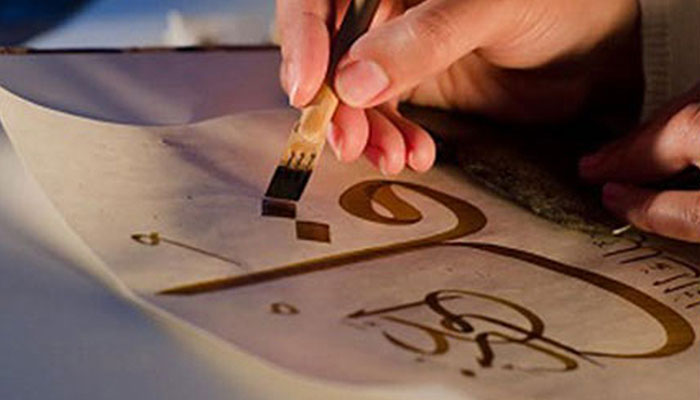

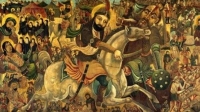
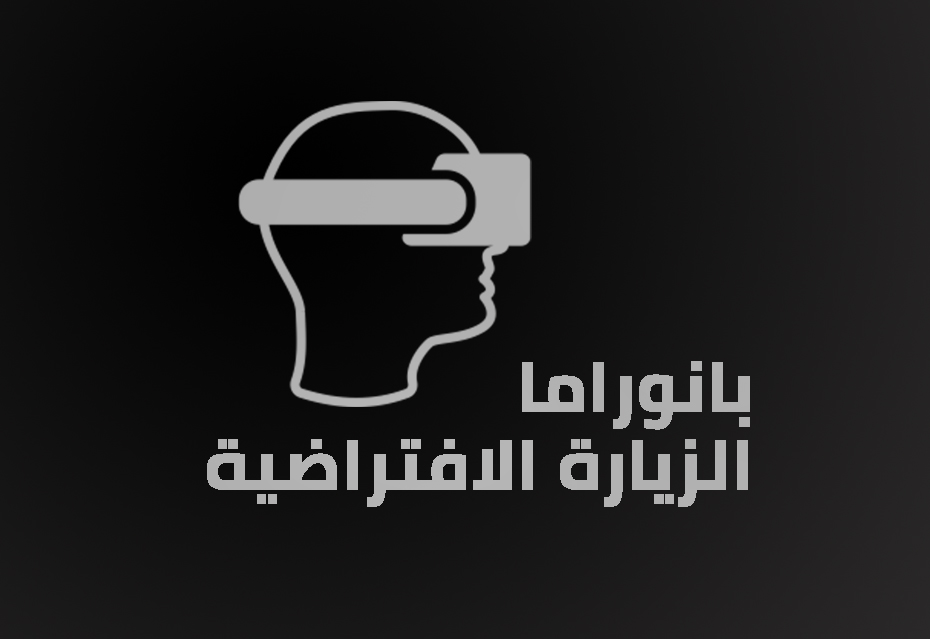
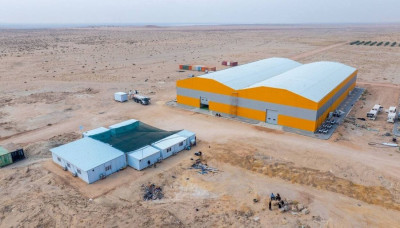
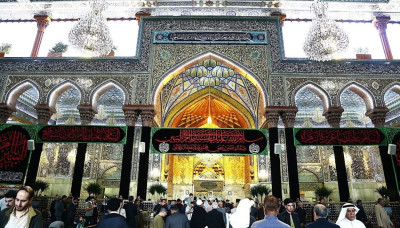
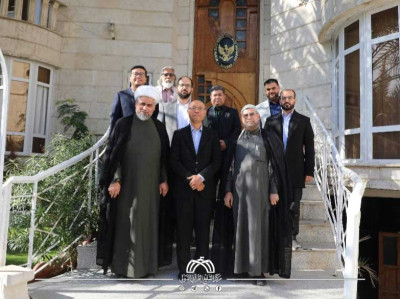
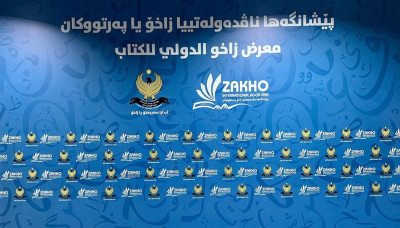
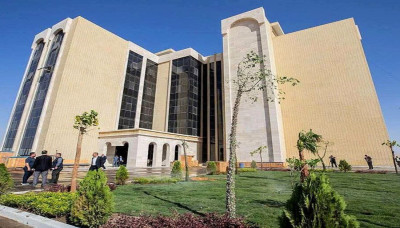
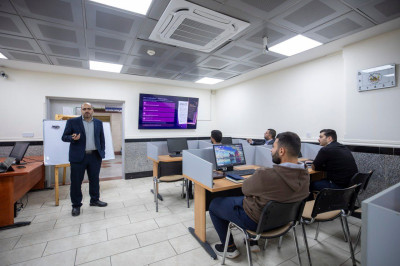
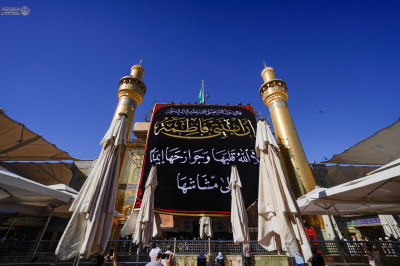
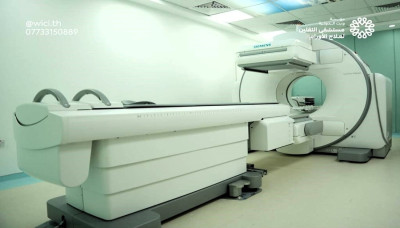
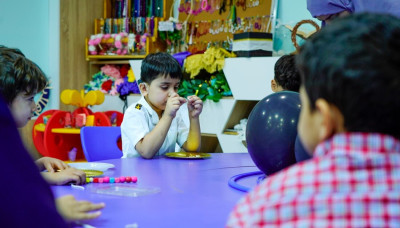


اترك تعليق